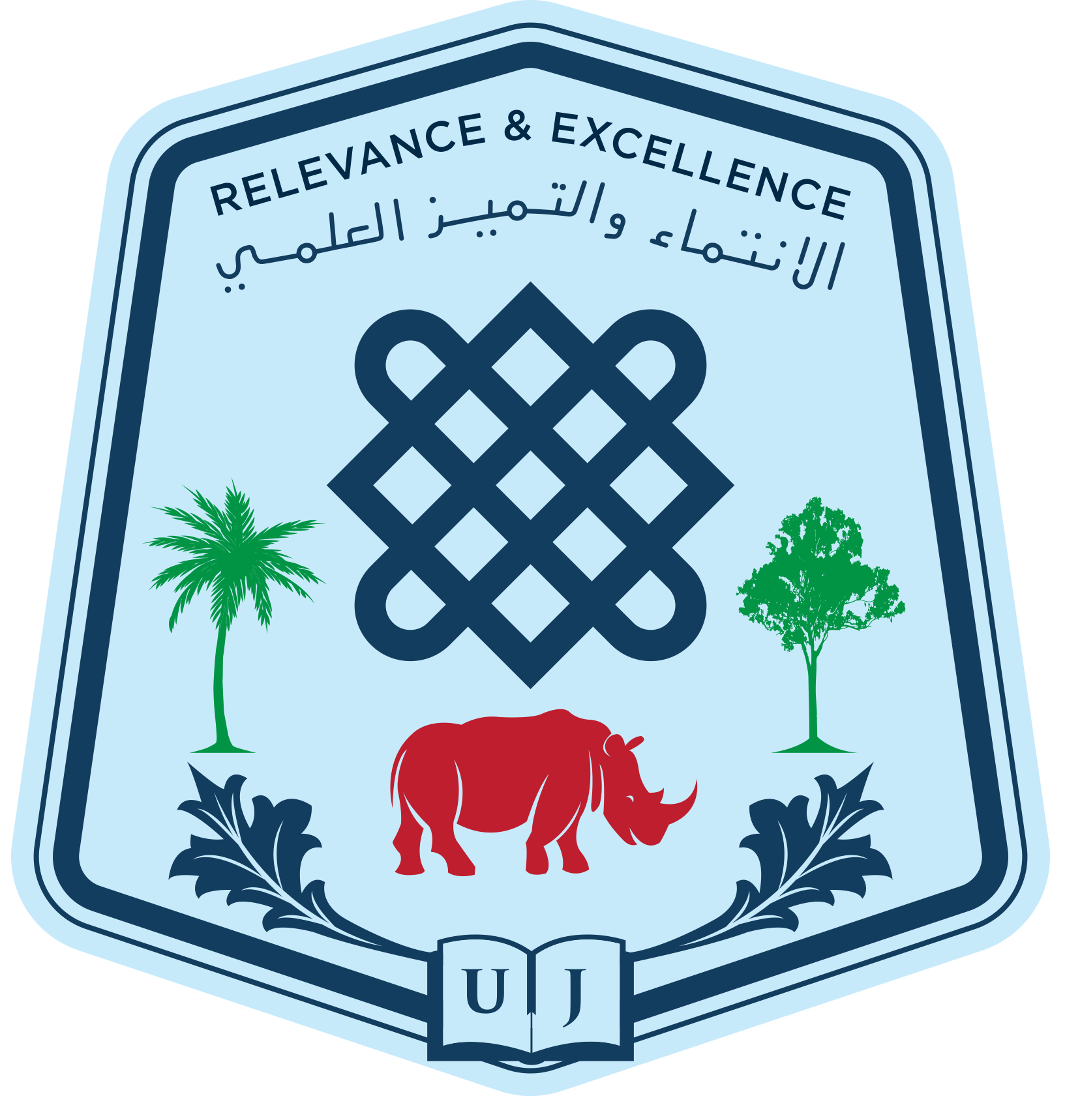Dendi, et al.,
Abstract
The sexually dimorphic dynastine centaurus beetle, genus Augosoma (Coleoptera: Scarabeidae), is endemic to tropical Africa where two species are found (A. centaurus and A. hippocrates). These beetles are consumed by rural populations, cause damage in plantations and are targets of insect collectors and traders. We present information on size differences and analyzed intersexual niche divergence and seasonality of A. centaurus in seven study sites in three West African countries (Ivory Coast, Togo and Nigeria). We recorded 711 light-attracted and/or opportunistically encountered individuals, as well as another 97 beetles in standardized transect surveys. In the latter, we found the adult sex ratio was equal, but was significantly skewed towards females in light-attracted and/or opportunistically encountered individuals. In a sample of 298 adult beetles, males were significantly larger than females, with almost no size overlap between sexes. Beetle activity was highly seasonal with most animals observed in November, active from 19:00 h to 24:00 h. Differences in habitat use were not significant between sexes, with most individuals observed in secondary forest. Males were found higher on vegetation than females and beetles of both sexes were found on Pandanus and raffia palms. Beetles were larger in sites with more vegetation cover, and there was a significant effect of tree species on body size of both sexes. Study area or country had no effect on any of the studied parameters. Our study confirms that transect surveys without light trapping can be an effective tool for understanding large-sized tropical beetles of similar ecological characteristics.
Keywords: Augosoma centaurus, Coleoptera, ecology, Scarabeidae, sexual size dimorphism.
Download the PDF Microhabitat use and seasonality of the sexually dimorphic West African centaurus beetle Augosoma centaurus
